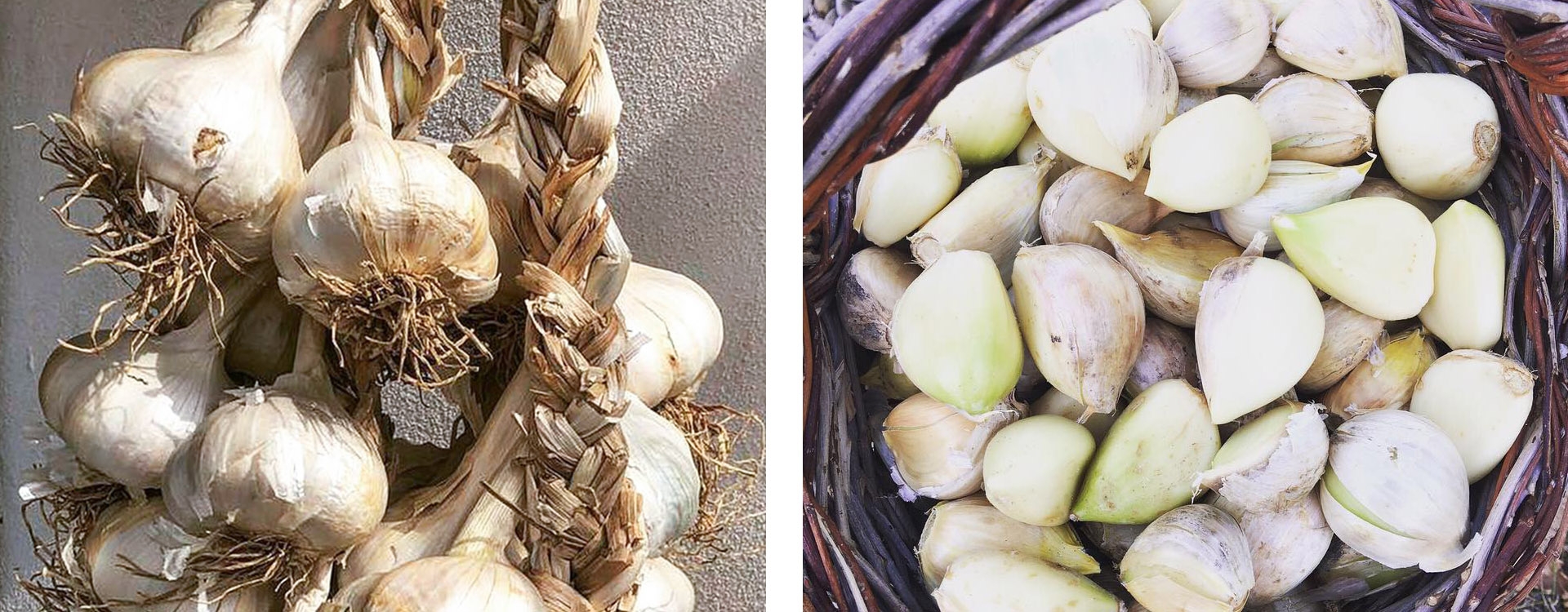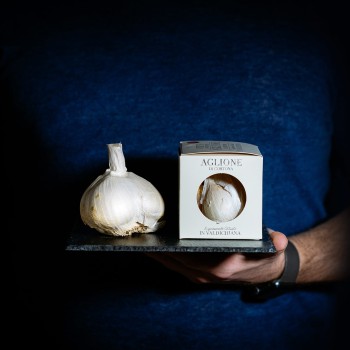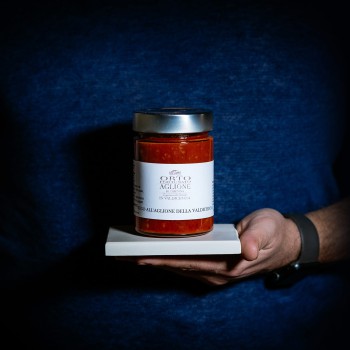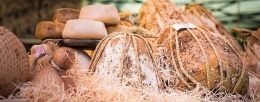Ferragosto is approaching, whip out the picnic baskets! What are we taking? All quick preparations to make and practical to carry and eat - dishes and cutlery are hardly needed! The secret? The best Italian cured meats.
Tuscan Aglione garlic: history and recipes
Tuscan Aglione garlic is not just a ‘big’ garlic, it is an unfortunately lesser-known variety of common garlic. Its scientific name is Allium ampeloprasum var. holmense and its main feature is not only its size (it can weigh up to 800g, each garlic clove weighing around 70g), but also its surprisingly pleasant taste. It’s very easy to digest and doesn’t cause an unpleasant breath, so much so that it is known as the ‘kiss garlic’.
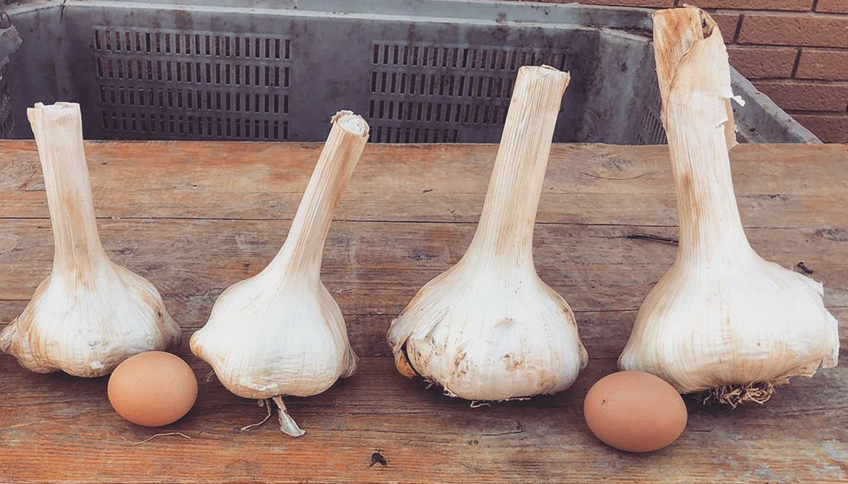
Territory
Aglione garlic comes from Valdichiana, an area located in between Arezzo, Cortona, Chiusi, Montepulciano and Sinalunga, which is ideal to grow this type of garlic. Aglione garlic is not only cultivated here, but it is also used for many traditional recipes, some of which we will see later on.
People from Valdichiana are actually trying to have Aglione garlic officially recognised. On the 21st February 2020, manufacturers met with policy-makers and applied for Aglione della Valdichiana to become a PDO product. And we truly hope that this request will be met soon, because this garlic is an exceptional product that should be officially recognised as such.
Aglione garlic cultivation
Tuscan Aglione garlic is planted between the end of October and the beginning of November and it is harvested between June and July. Besides being bigger, tastier and easier to digest than common garlic, Aglione is also more likely to survive diseases and parasites, thus making it ideal for organic farming.
To cultivate Aglione garlic, garlic cloves are planted: this method is called vegetative reproduction and it helps ensuring the continuity of the genetic variety and avoiding crossbreeding. Garlic cloves should be placed upwards on the soil, at least 30cm apart.
At the beginning of summer, Aglione fields turn purple. Beautiful, spherical inflorescences bloom on thin stalks, looking like little flowery balls. However, flowers use up all the plant energy and hamper the development of the bulb, so the inflorescences, beautiful and damaging alike, must be cut off straight away.
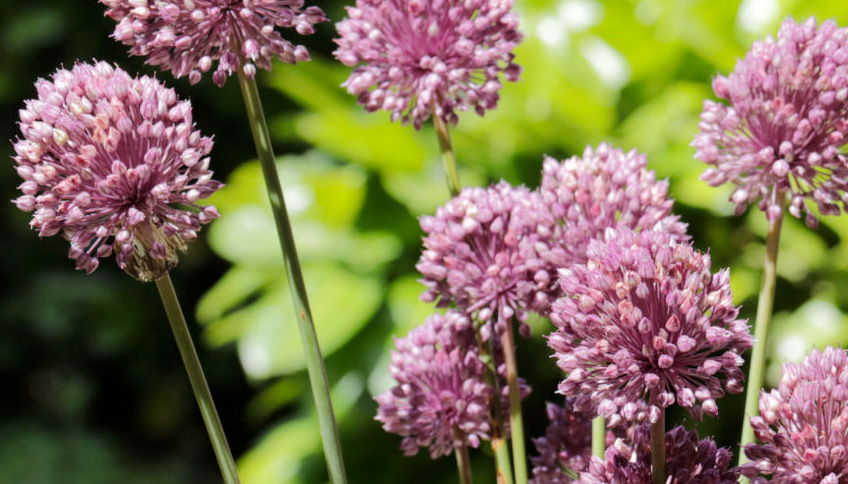
At the end of June, when garlic is almost ready, irrigation is halted. As a matter of fact, by not watering them, the bulbs slightly dry and are easier to preserve. After harvest, they keep on drying in a sheltered and ventilated place for 7 days, and they are then ready for consumption.
A very old history
Garlic (Allium) is a plant native to Central Asia, which has spread in the Mediterranean area thousands of years ago. Egyptian, Greeks and Romans all used it both in the kitchen and as a medicine.
Garlic is, as a matter of fact, very rich in vitamin B, it has unique digestive properties and it lowers blood pressure and glycaemia. It regulates cholesterol and triglycerides, controls high blood pressure and improves blood circulation, too, which makes it energising and revitalising. Some people even consider it an aphrodisiac!
Egyptian people thought that garlic increased strength and endurance and would, hence, give it to their Jew slaves to enhance their performances. Olympic athletes would eat it before competitions and even Hippocrates, the father of medicine, would prescribe it as disinfectant and laxative, and also for pain and pulmonary diseases.
Pedanius Dioscorides, Nero’s doctor and author of the herbarium book “De materia medica”, used garlic to unclog arteries, to heal stomach and bowel disorders, infections, but also convulsions and animal bites.
Pliny the Elder in his “Historia Naturalis” listed 23 different diseases that can be healed with garlic. Liver problems? Garlic. Vertigo? Garlic. Constipation? Garlic. Garlic is the solution for everything, apart from bad breath.
During the Middle ages, garlic was thought to prevent heart attacks. Henry IV, first king of France from the house of Bourbon, was baptised in blessed water and garlic to protect him from evil spirits and failures. Given the fact that he had six legitimate children and nine illegitimate children from four different women, it must not have been that bad, after all.
From the 16th century, garlic was used by all European royal families; it was believed that a regular consumption of garlic would protect pregnancies and prevent difficult births. And there was nothing more important than offspring.
Even though it ‘lost’ its fame as healer, garlic is still used in many traditional dishes. Aglione is a particular cultivar that is much more appreciated in the kitchen than common garlic.
Aglione garlic in recipes
First of all, Pici noodles with Aglione garlic sauce: it’s the most typical dish from Val di Chiana and it is truly exceptional. Tuscan Aglione garlic should not be sauteed, it should be crushed and cooked slowly. The ingredient ratio for this sauce is one garlic clove per person; do not let that scare you, the result is outstanding, delicate, fresh and not overpowering at all. Tomato, Aglione garlic and, if you wish, red hot chilli pepper and you have the ideal sauce for Pici noodles.
Meatballs with Aglione garlic. Replace common garlic with Aglione garlic from Val di Chiana for an outstanding flavour. Make sure to make many meatballs, because they are impossible to resist!
Chickpea soup with Aglione sauce. A warm, pick-me-up winter dish. Gently stewed garlic makes the difference.
Aglione garlic packed in oil. It’s the same process as vegetables packed in oil; you will always have this incredible ingredient ready to serve on a platter together with cheese, cold cuts and fresh vegetables or in a jar.
Then, there are garlic scapes, i.e., the green sprouts that grow flowers. They can be eaten either raw or cooked and they are simply delicious. They taste amazing in omelettes and they can be minced to savour butter, sauces, pesto and vinaigrette dressings. They can be grilled and used as pizza topping or they can be pickled in vinegar. There are many ways to enjoy garlic scapes!
Truth be told, Aglione garlic can actually replace common garlic in every dish, since it does not overpower flavours, but rather enhances them. It’s much less powerful and long-lasting than common garlic and it is sweeter and more delicate.
There is a big difference and you can actually taste it. Tuscan Aglione sauce should be promoted and enhanced for two main reasons: to praise manufacturers who protect and keep this cultivation alive, and simply because it is a delicacy!



























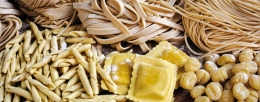


.jpg)

